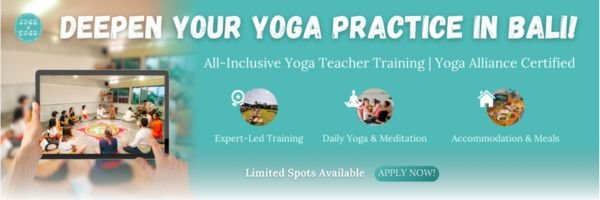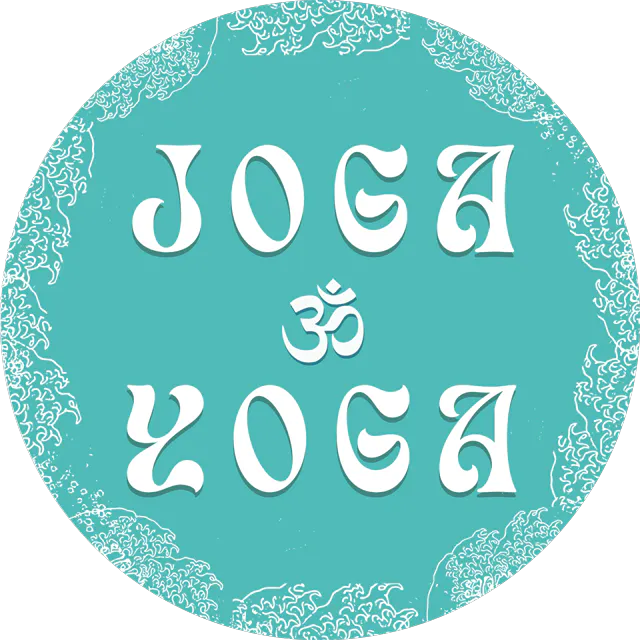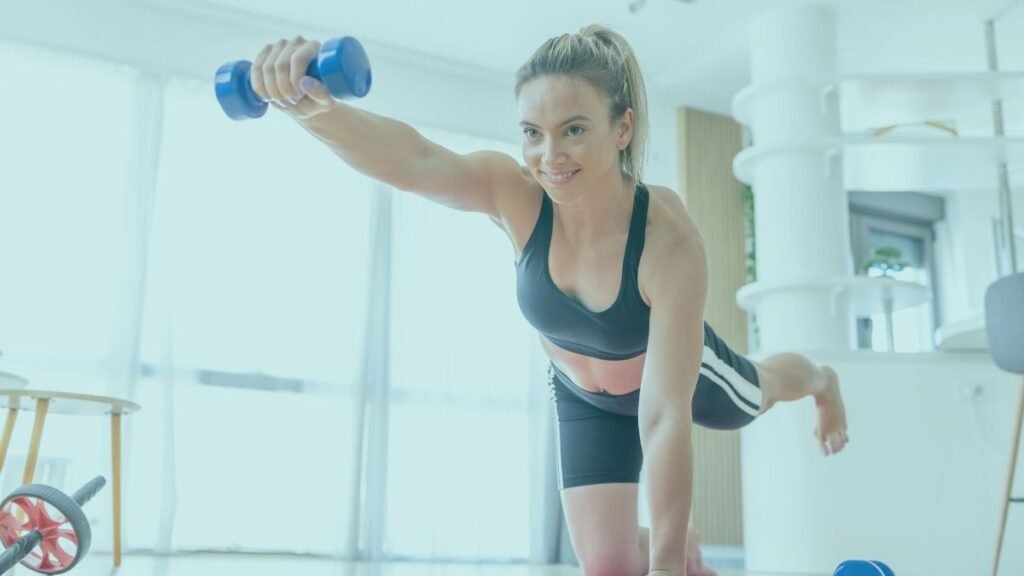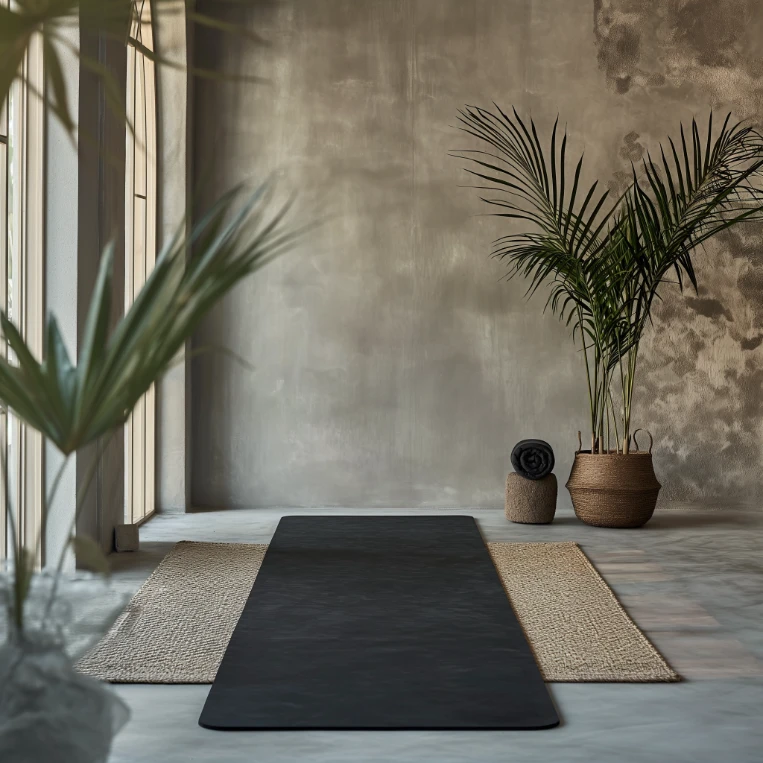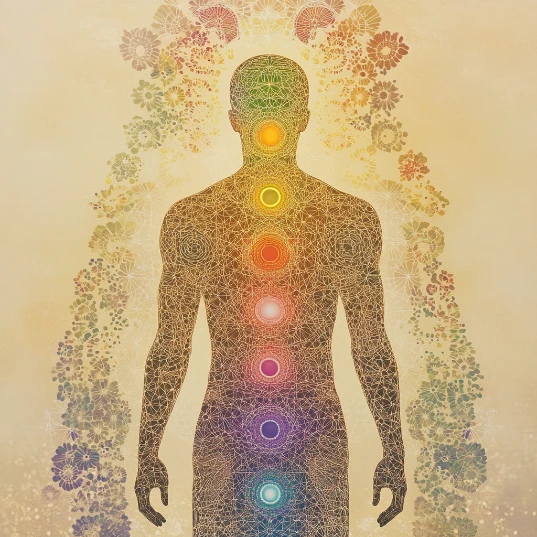Feeling overwhelmed, stuck in stress, or exhausted from constant tension? Nervous system yoga offers simple, effective practices to calm your body and rewire your brain.
In just minutes a day, you can tap into your natural ability to shift from fight-or-flight to rest-and-restore, using nothing more than breath, mindful movement, and awareness.
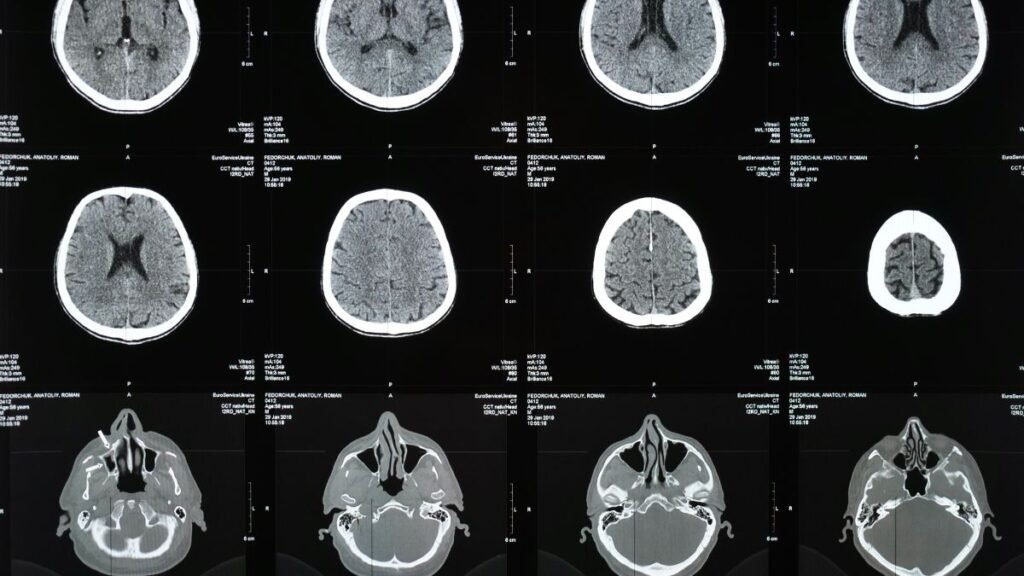
Your Nervous System: The Basics You Need to Know
Your nervous system constantly scans your environment to decide whether you are safe or in danger. It switches between two main states to protect and regulate your body.
- Sympathetic Nervous System:
This is your body’s accelerator, triggering the fight, flight, or freeze response. It sharpens your senses, speeds up your heart, and prepares you for quick action.) - Parasympathetic Nervous System:
This is your body’s brake pedal, responsible for relaxation, digestion, and recovery. It restores balance after stress and supports healing.
What is nervous system dysregulation?
Nervous system dysregulation happens when your body gets stuck in survival mode, overreacting to stress and struggling to return to a calm, relaxed state.
Understanding these systems gives you the power to work with your body, not against it, using yoga as a practical tool for daily regulation.
How Yoga Supports Nervous System Regulation
Yoga is more than just physical exercise. It is a complete system that rewires how your brain and body handle stress. Through breath, movement, and mindfulness, yoga strengthens your ability to switch between survival and relaxation modes with ease.
Breathwork Signals Safety to the Brain
Conscious breathing techniques like diaphragmatic breathing and Nadi Shodhana stimulate the vagus nerve, sending powerful safety signals to your brain.
Research published in Frontiers in Psychology shows that slow, deep breathing activates the parasympathetic nervous system, helping lower heart rate, reduce anxiety, and restore balance.
Gentle Movement Resets Muscle Guarding
Chronic tension often keeps the body locked in a subtle fight-or-flight posture. Gentle yoga movements, especially somatic flows and slow vinyasa, help release muscle guarding and communicate a sense of physical safety.
A study in Complementary Therapies in Medicine found that slow, mindful yoga significantly decreases muscle tension and cortisol levels.
Mindfulness Rewires Stress Response
Mindfulness practices during yoga, including body scans, affirmations, and self-touch, retrain the brain’s response to perceived threats.
According to findings in Psychoneuroendocrinology, cultivating present-moment awareness through movement and breath reduces amygdala hyperactivity, leading to better emotional regulation.

10-Minute Nervous System Yoga Sequence (Follow-Along)
You do not need a full hour to reset your nervous system. This quick sequence is designed to bring you from a state of tension back to a place of grounded calm in just 10 minutes.
Follow this simple flow:
- Child’s Pose with Diaphragmatic Breathing — 10 deep breaths
Rest your forehead on the ground, breathe into your belly, and imagine your back widening with each inhale. - Cat-Cow Flow synchronized with Breath — 1 minute
Move gently between arching and rounding your spine, coordinating each movement with your inhale and exhale. - Supported Forward Fold — 2 minutes
Sit on a cushion or block, fold forward with soft knees, and let your head completely relax to invite a parasympathetic release. - Legs-Up-the-Wall with Alternate Nostril Breathing (Nadi Shodhana) — 3 minutes
Lie on your back, legs up against the wall. Practice slow alternate nostril breathing to balance the left and right sides of your nervous system. - Savasana with Hand-on-Heart Touch — 3 minutes
Rest flat on your back with one hand over your heart and the other over your belly. Feel your heartbeat slow as you breathe gently into your hands.
Advanced Tools for Deep Regulation
Once you have a daily nervous system yoga habit, you can deepen your resilience with additional tools that target specific needs. Here are simple strategies you can layer into your practice:
| Need | Tool | Tip |
| Rapid calming | 1:2 Breath Ratios (exhale twice as long) | Use during acute stress or emotional spikes. |
| Deep relaxation | Yin Yoga poses with a weighted blanket | Practice in the evening to enhance sleep quality. |
| Trauma-safe grounding | Somatic micro-movements plus mantras | Pair small, slow movements with phrases like “I am safe.” |
These techniques work by signaling safety to both your body and brain, helping you move more fluidly between stress and calm as needed throughout the day.
Habit-Stacking Nervous System Care into Daily Life
Regulating your nervous system becomes much easier when you weave small, supportive habits into your daily routine. Here are a few simple ways to stay anchored in calm:
- Set Safety Reminders
Use your phone to set random reminders with affirmations like “You are safe” or “Exhale slowly now.” These quick cues help retrain your stress response. - Use Self-Touch During Stress
When feeling overwhelmed, place one hand on your heart and one on your belly. This simple gesture activates your parasympathetic nervous system and creates an immediate sense of security. - Take Mini Breath Breaks
Before meetings, phone calls, or transitions between tasks, pause for three deep breaths. It takes less than a minute but signals your brain that you are safe and grounded.
Over time, these small habits create lasting nervous system resilience without needing to overhaul your entire day.
Tracking Progress (Optional)
When you start practicing nervous system yoga, it can be helpful to track subtle changes to stay motivated. Here are two simple ways to monitor your progress:
- HRV Monitors and Biofeedback Apps
Heart Rate Variability (HRV) is a powerful indicator of nervous system balance. Wearable devices and apps can show improvements over time as your body becomes more adaptable to stress. - Felt-Sense Journaling
After each yoga session, jot down how your body feels before and after. Pay attention to shifts like slower breathing, softer muscles, steadier energy, or emotional releases. These sensations often improve before external signs of change appear.
Tracking these small victories reinforces your growth and reminds you that real nervous system healing is happening under the surface.
Next Steps
Your nervous system is designed to adapt, heal, and support you, but it needs the right conditions to thrive. With just a few minutes of yoga each day, you can begin rewiring old stress patterns and build lasting inner resilience.
If you are ready to dive deeper into the connection between movement, breath, and emotional well-being, consider joining Joga Yoga Teacher Training.
Our programs teach you how to guide yourself and others toward nervous system balance, using science-backed, heart-centered practices.
Learn more about Joga Yoga’s upcoming teacher training programs here.
